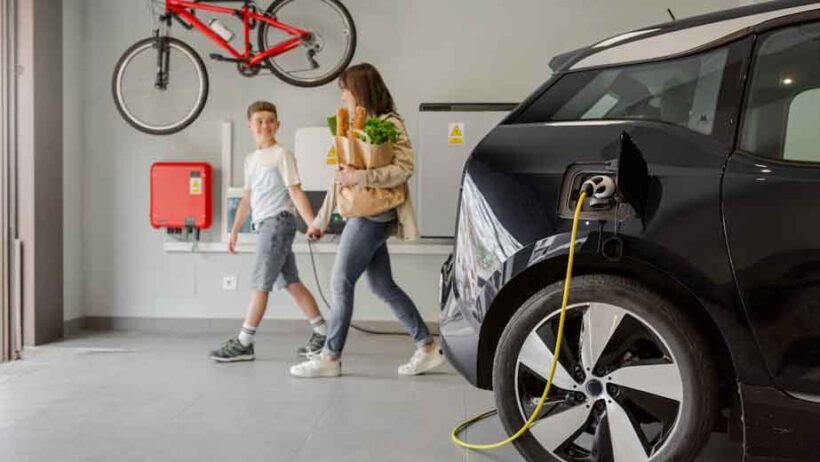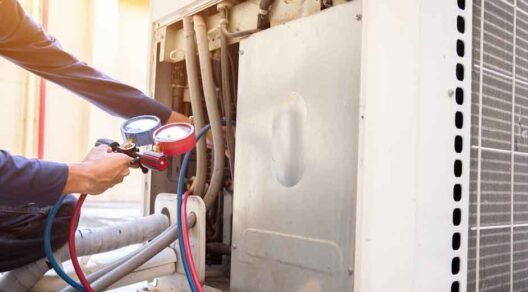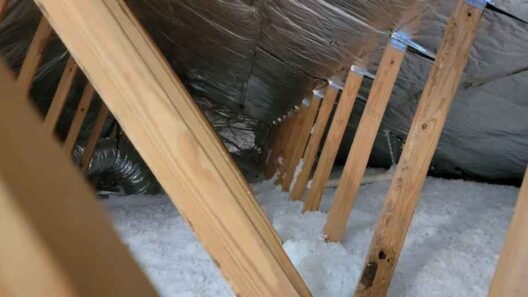Transitioning to an electric vehicle (EV) is not just a lifestyle choice; it’s a long-term investment in sustainability and convenience. As the popularity of EVs grows, homeowners need to consider how their properties can adapt to evolving technology. Future-proofing your home for EV charger upgrades ensures that you won’t face costly or complicated electrical modifications as new EV models and charging standards emerge. We will explore strategies that help homeowners integrate EV charging solutions seamlessly into their existing infrastructure while preparing for future advancements in charging technology. This proactive approach combines thoughtful planning, electrical system readiness, and smart placement, offering convenience and peace of mind for years to come.
Steps to Prepare Your Home for EV Charger Upgrades
- Assess Your Current Electrical System
A critical first step in future-proofing your home is understanding the capacity and condition of your electrical system, especially when considering home EV charger installation. Homes with older wiring or outdated panels may not be able to support the higher power demands of modern Level 2 chargers or future ultra-fast charging units. An in-depth assessment identifies potential limitations, such as insufficient amperage, outdated circuit breakers, or shared circuits that could compromise safety or performance. By addressing these issues early, homeowners can plan for upgrades without disrupting daily life. Enhancements might include installing a dedicated circuit for EV charging, upgrading the main electrical panel, or adding subpanels to distribute load effectively. A thorough evaluation ensures your home is ready to accommodate higher-capacity chargers, supporting multiple EVs in the future if needed.
- Plan for Flexible Charger Placement
Strategic placement of your home EV charger is essential for both convenience and adaptability. Consider the distance from your electrical panel, accessibility for different vehicle sizes, and potential outdoor exposure. Future-proofing requires thinking beyond immediate needs. For example, if you currently own a single EV but plan to add another, ensure the installation location can accommodate additional chargers or shared charging setups. Cable management and weatherproofing are also crucial for protecting the equipment over time. Choosing a spot that allows easy upgrades or relocation reduces the risk of costly modifications later. Homeowners who thoughtfully integrate chargers into their driveway, garage, or carport will enjoy seamless usage and maintenance, thereby enhancing both safety and convenience.
- Select a Charger Compatible with Upgrades
EV charging technology continues to evolve rapidly, with faster charging speeds and more advanced energy management systems becoming increasingly common. Selecting a charger that allows firmware updates or modular upgrades ensures your investment remains relevant. Level 2 chargers, for instance, offer faster charging than standard outlets and often include connectivity features that support remote monitoring, scheduling, and energy optimization. Opting for a model that supports software updates or can integrate with home energy management systems makes it easier to adapt as vehicles and charging standards evolve. By prioritizing upgrade-friendly chargers, homeowners can reduce future costs and maintain efficient charging capabilities without needing to replace the entire system.
- Consider Future Energy Needs
Homeowners should anticipate potential increases in energy demand as EV adoption grows within their household. Multiple EVs, high-capacity chargers, or integration with solar panels and home batteries can significantly increase electrical load. Planning for these possibilities includes evaluating the main service capacity, exploring energy storage solutions, and understanding time-of-use rates for electricity. Proper planning enables you to optimize energy consumption, minimize peak demand charges, and promote sustainable energy usage. Incorporating energy management systems that monitor consumption and prioritize charging schedules can prevent overloads while maintaining efficiency. This approach not only future-proofs your EV charging setup but also contributes to long-term energy savings and environmental benefits.
- Stay Informed About Incentives and Regulations
Government incentives, rebates, and local regulations can influence the cost and feasibility of EV charger upgrades. Staying informed about available programs ensures you can take advantage of financial support for equipment or installation costs. Incentives may cover partial costs for energy-efficient chargers, electrical upgrades, or solar integration. Local building codes and utility requirements may also dictate installation standards, safety measures, and permitting processes. Future-proofing your home involves adhering to current regulations while anticipating potential changes in code requirements or technology standards. Engaging with utility providers and staying updated on incentive programs can reduce expenses and ensure that your EV charging setup complies with evolving policies.
- Plan for Smart Home Integration
Integrating your EV charger with a smart home ecosystem enhances both convenience and efficiency. Smart charging allows homeowners to monitor usage, schedule charging during off-peak hours, and track energy costs through connected apps. Future-proofing means selecting chargers that support interoperability with other home automation systems, including solar panels, energy storage devices, and home assistants. This integration provides flexibility in managing multiple EVs, adjusting charging patterns, and maintaining optimal energy usage. Over time, as technology advances, homeowners can add new functionalities or connect additional devices without significant rewiring or infrastructure changes. A smart, connected EV charging solution ensures that your home remains adaptable to emerging energy technologies.
Preparing your home for EV charger upgrades is an investment in convenience, safety, and sustainability. By assessing your electrical system, planning for flexible placement, selecting upgrade-compatible chargers, and considering energy needs, homeowners can ensure a smooth transition to electric transportation. Staying informed about incentives, integrating smart home technology, investing in durable equipment, and engaging professional installers further future-proof your home. These steps provide flexibility for evolving charging technology, support multiple EVs, and reduce potential costs over time. Thoughtful planning today ensures that your home remains ready to accommodate new innovations in electric vehicle charging, delivering both efficiency and peace of mind for years to come.








